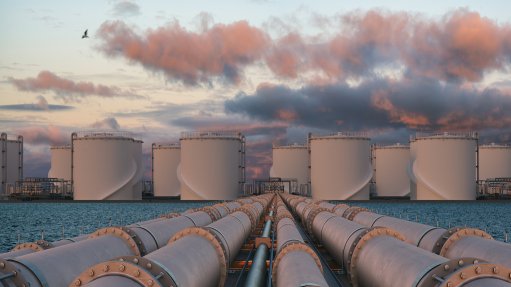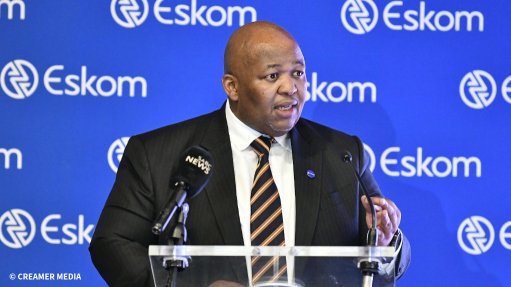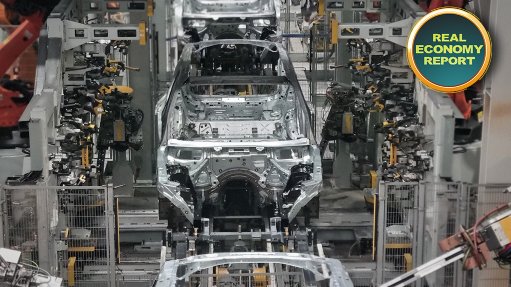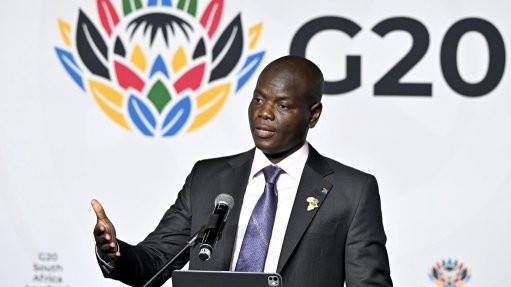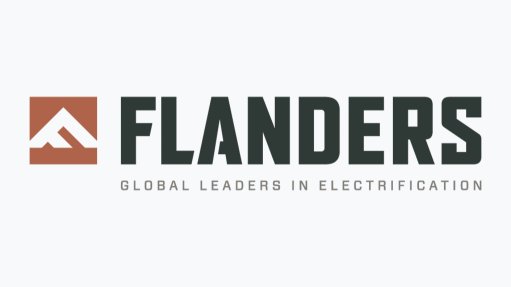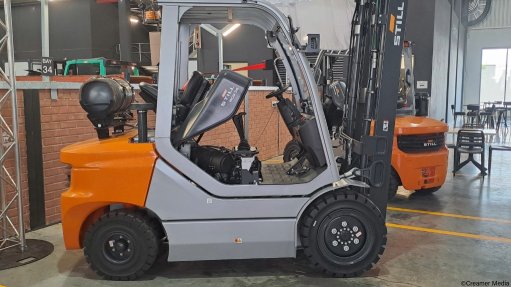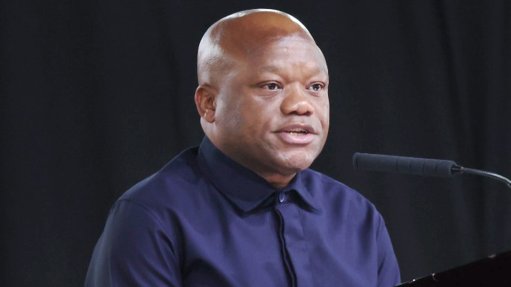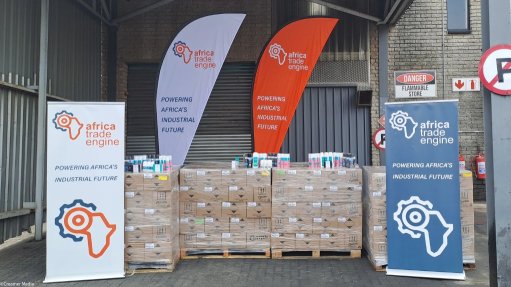Demand outlook for South Africa’s platinum uplifted by China-Toyota hydrogen project

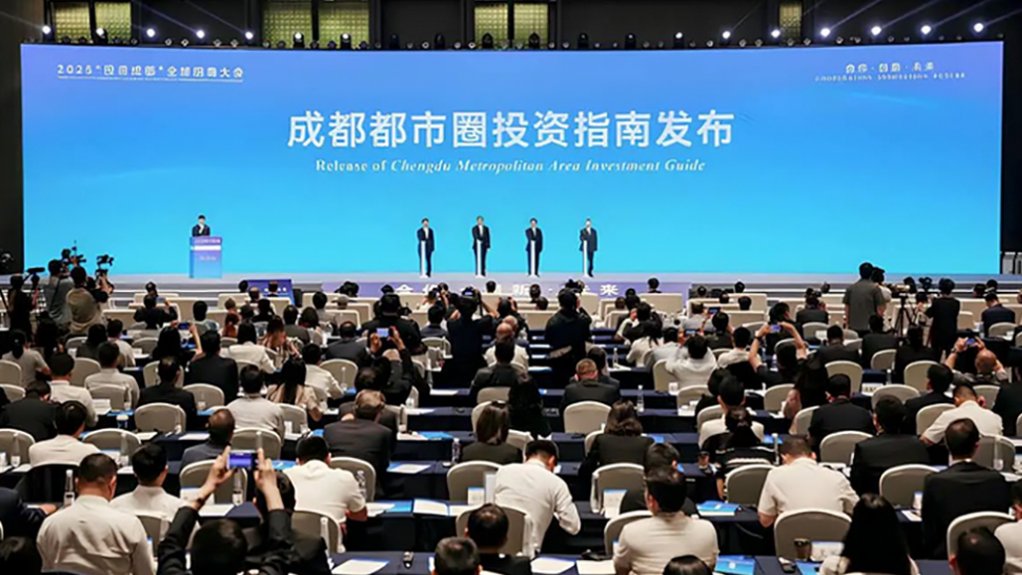
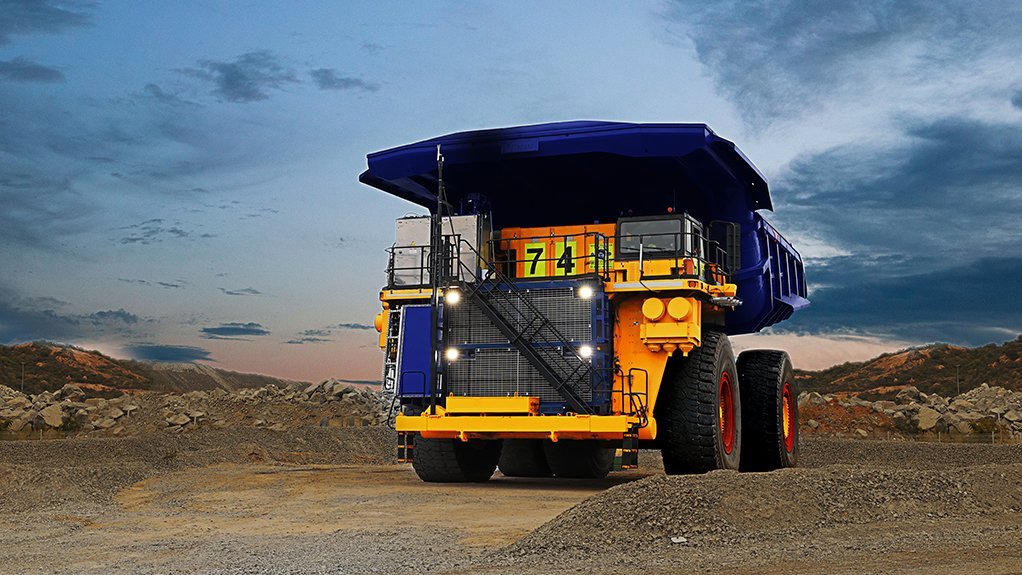
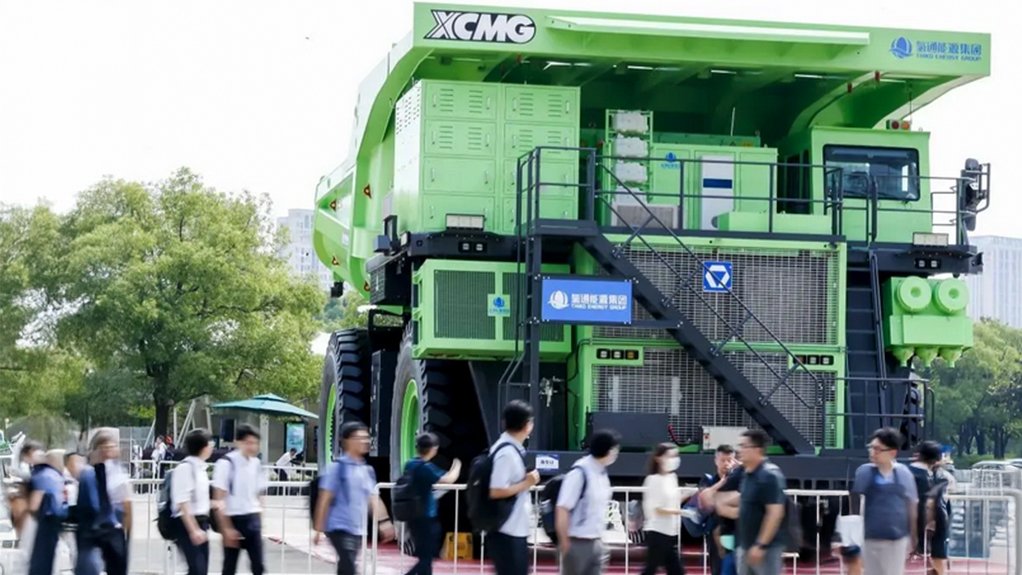
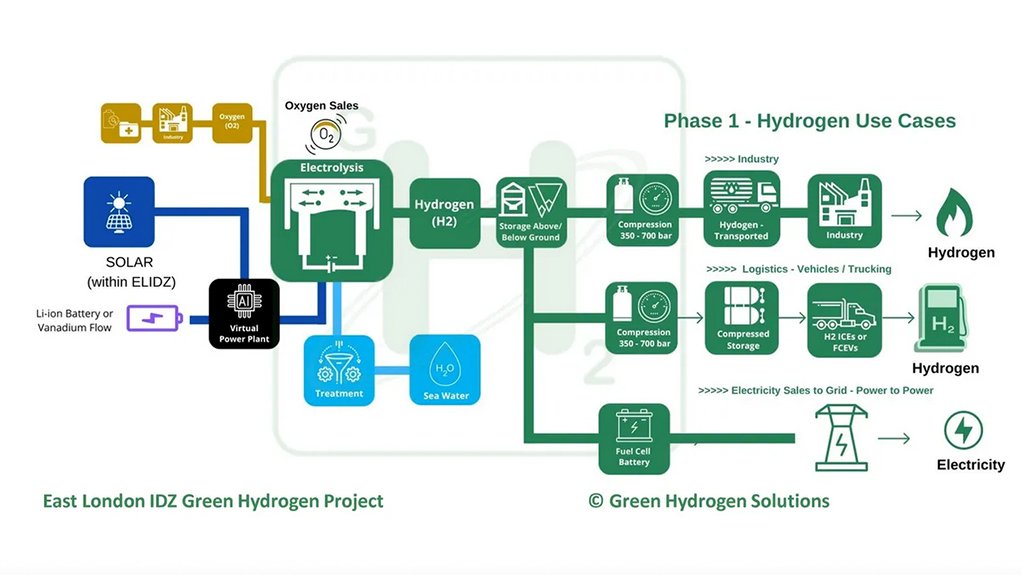
Toyota and China’s Shudao Investment to build a hydrogen fuel cell plant in Chengdu.
Green hydrogen mining truck launched in South Africa.
Shanghai Thiko and XCMG's hydrogen mining truck.
Green hydrogen outline for East London. South Africa.
JOHANNESBURG (miningweekly.com) – A development that is improving the demand outlook for South African platinum group metals (PGMs) is the announcement of a joint venture (JV) between Japan’s Toyota Motor Corporation and China’s Shudao Investment conglomerate to build a hydrogen fuel cell plant in Chengdu.
Chengdu, in China’s Sichuan province, is the chosen location of the emerging one-billion yuan facility that will focus on producing fuel cell systems and components for heavy-duty commercial vehicles, amid the bolstering of China’s hydrogen ecosystem and support for national carbon neutrality.
Scheduled to be operational by year-end, the project will produce hydrogen fuel cell systems, fuel cell stacks, and components to support a wide range of commercial vehicles, including large trucks, dump trucks, buses, and municipal sanitation vehicles.
The green electricity and hydrogen required will be supplied from the emerging Chengdu-Chongqing Hydrogen Corridor, which is on its way to becoming a regional hydrogen hub for commercial vehicle applications.
Local government support and incentives – such as highway toll reductions for platinum-based fuel cell electric vehicles (FCEVs) – helped to seal the deal that is destined to create one of the world’s distinctive hydrogen regions.
Research and development (R&D), production, sales, and service operations will be incorporated under one roof, aligning with Toyota’s larger strategic objective of contributing to China's 'double carbon' goal of reducing CO2 and achieving net-zero emissions, the publication Fuel Cell Works reports.
World Hydrogen states in a media release to Mining Weekly that the total number of FCEVs in China has overtaken the corresponding figure for neighbouring South Korea. After this recent turn of events China’s claim to being Asia’s top hydrogen technology region is now stronger than ever, World Hydrogen adds.
With its launch of the Mirai car, Toyota pioneered hydrogen mobility and the JV with Shudao Investment Group adds to a growing portfolio that includes previous collaborations with organisations such as the United Fuel Cell System R&D (Beijing) and Huafeng Fuel Cell. With this latest commitment, Toyota cements its ambition to be a central player in the evolution of China’s hydrogen supply chain.
World Platinum Investment Council (WPIC), encouraged by China’s ongoing commitment to hydrogen, said this in response to a request for comment by Mining Weekly:
“The announcement that Toyota is committing to a major investment in fuel cell production within China underscores the importance of the Chinese market to the hydrogen outlook.
“WPIC forecasts China to be the major driver of the hydrogen economy, making up more than 50% of installed electrolyser capacity globally by 2030, and 32% of hydrogen linked demand for platinum.
“Whilst the development of the hydrogen economy in some regions has been slowed by recent economic uncertainties, it is encouraging to see China’s ongoing commitment to hydrogen,” WPIC research director Ed Sterck stated.
WPIC expects hydrogen FCEVs to make up 8% to 12% of the future vehicle market in China. Fuel cell stack costs have already declined by 80% compared with 2018. Current focus is on longevity and achieving 1.8-million kilometres of fuel cell life.
Meanwhile, the Guangzhou Futures Exchange (GFEX) has confirmed that physically-settled platinum and palladium futures are heading for launching after two years of development. The contracts have been benchmarked against international exchanges. It is understood that GFEX plans to launch options in addition to the previously announced futures contracts.
GLOBAL GREEN HYDROGEN ACTIVITY
In Brazil, China’s Envision has joined Fotowatio Renewable Ventures to develop a 500 MW green hydrogen and green ammonia facility at Pecém Port, Ceará, an eastern gateway poised to become a green export hub. The announcement was made at top level during this year's trip to China by Brazilian President Luiz Ignatio Lula da Silva.
In Australia, construction will begin in October on a green hydrogen-linked ammonia project on which the New South Wales government, Hiringa Energy and Sundown Pastoral Company have reached financial close, with project financing from the National Australia Bank and funding from the New South Wales government. The Ammonia Energy Association reports that the project in Australia’s Moree will displace Sundown’s fossil fuel fertilisers and also eliminate the use of diesel used in irrigation pumping and heavy vehicle transport. Hiringa plans to deploy a hydrogen refuelling network in Australia similar to its hydrogen refuelling infrastructure opened last year in New Zealand.. “We’re anchoring demand with supply to meet the immediate needs of the agricultural sector,” Hiringa CEO Andrew Clennett explained.
Also in Australia, Hydrogen Fuel News reports that Lion Energy, backed by Samsung and Mitsubishi, is laying the groundwork for a green hydrogen hub at the Port of Brisbane.
In South Africa, Green Hydrogen Solutions, through its special purpose vehicle company GHS Green Hydrogen, is developing a green hydrogen project in the East London Industrial Development Zone in the Eastern Cape.
Also in South Africa, the final stage of development of Coega Green Ammonia at Nelson Mandela Bay in the Eastern Cape has commenced with the release of the request for proposals to 15 shortlisted engineering, procurement and construction entities from the 48 responses received by Hive Hydrogen following the request for information process it set in motion earlier this year.
Requests have been invited for proposals for a plant with a production capacity of more than one-million tons of green ammonia a year; plants for seawater abstraction, desalination and demineralisation; storage facilities with two 7 km pipelines for 70 000 t of green ammonia piping; a 1 430 MW solar photovoltaic cluster of nine solar farms; and 1 879 MW of wind power in two clusters of five wind farms.
These requests for proposals were invited shortly after the Africa Green Hydrogen Summit in Cape Town, where ‘lighthouse’ global standard of excellence status was conferred on Hive Hydrogen’s Coega Green Ammonia Project by South Africa’s Electricity and Energy Minister Dr Kgosientsho Ramokgopa. At the summit, a R360-million development funding agreement for Hive Hydrogen to take the project to final investment decision was announced.
In Europe, crowd-funding has raised €2.5-million for French company Lhyfe to finance the decarbonisation of mobility and industry using green hydrogen.
In China, an integrated demonstration project to show how wind-powered and solar-powered green hydrogen is converted into green ammonia has been set in motion at Da'an City, in the Jilin province. The project involves green hydrogen absorbing green electricity and green ammonia absorbing the green hydrogen.
On the maritime front, Canada's Ballard Power Systems has sealed a deal with German company eCap Marine to supply 32 fuel cell engines, equivalent to 6.4 MW of power, for two vessels operated by Samskip. Powered by platinum-based proton exchange membrane fuel cells, these units will contribute to the decarbonisation of the sea routes between Norway and Holland.
A recent Exactitude Consultancy report, shared via GlobeNewswire, estimates the global water electrolysis hydrogen equipment market – covering electrolysers, pipelines, and related infrastructure – is projected to reach $15-billion by 2034.
Airbus and MTU Aero Engines have signed a memorandum of understanding to work together on hydrogen fuel cell propulsion to decarbonise aviation. The agreement sets out a three-step roadmap for the development of a hydrogen-powered fuel cell engine suitable for the commercial aviation market, Fuel Cell Works reports.
Meanwhile, the International Council on Clean Transportation has reported that FCEVs, powered by green hydrogen, cause the lowest CO₂ emissions over the entire life cycle.
HYDROGEN MINE TRUCKS
One of the most eye-catching products at the International Hydrogen Exhibition in China in June was a 260 t payload hydrogen fuel cell truck, carrying 236 kg hydrogen onboard.
With an operation range of more than 120 km, the hydrogen mining truck not only has carbon reduction features, but also cost advantage, according to its fuel cell system developer, Shanghai Thiko Energy and XCMG Group. The 7.4 m tall truck is 14.75 m long, 9.1 m wide and is to be deployed at the Baorixile opencast coal mine of CHN Energy at Hulunbuir, in Inner Mongolia.
In South Africa, Anglo American pioneered a hydrogen mine truck amid a flurry of trumpets at what is now Valterra Platinum’s Mogalakwena PGMs mine in Limpopo and Mining Weekly this week requested an update from Anglo American on its nuGen hydrogen hauler, as well as the ongoing development of the renewable-energy framework envisaged for South Africa. This is the response received from Anglo American SPV Corporate Affairs James Wyatt-Tilby:
“As you know, the hydrogen truck we worked on at Mogalakwena was designed as a proof-of-concept exercise. We proved the concept and then others took on the challenge to commercialise it, which the OEMs have started to do with different drivetrain technologies to help decarbonise the heaviest end of the vehicle spectrum.
"Separate to that, the Envusa wind and solar renewable energy project is moving along well, with construction of the first few projects well progressed. We are doing this in a JV with EDF Renewables," Wyatt-Tilby added.
When it comes to China's PGM demand, this is a question raised: Will China's seemingly insatiable demand for PGMs continue to tighten markets? The response of Precious Metals Weekly to this question is that last month’s Shanghai Platinum Week highlighted the increasing pivot of PGM flows to China, with discussions during the event reaffirming China’s PGM consumption dominance in the automotive, chemical, glass, hydrogen and jewellery sectors, alongside a growing PGM investment interest.
During the course of this year, further Chinese PGM demand growth is expected amid the Asian giant's overwhelming 2024 retention of its status as the world's largest PGMs consumer.
Article Enquiry
Email Article
Save Article
Feedback
To advertise email advertising@creamermedia.co.za or click here
Comments
Press Office
Announcements
What's On
Subscribe to improve your user experience...
Option 1 (equivalent of R125 a month):
Receive a weekly copy of Creamer Media's Engineering News & Mining Weekly magazine
(print copy for those in South Africa and e-magazine for those outside of South Africa)
Receive daily email newsletters
Access to full search results
Access archive of magazine back copies
Access to Projects in Progress
Access to ONE Research Report of your choice in PDF format
Option 2 (equivalent of R375 a month):
All benefits from Option 1
PLUS
Access to Creamer Media's Research Channel Africa for ALL Research Reports, in PDF format, on various industrial and mining sectors
including Electricity; Water; Energy Transition; Hydrogen; Roads, Rail and Ports; Coal; Gold; Platinum; Battery Metals; etc.
Already a subscriber?
Forgotten your password?
Receive weekly copy of Creamer Media's Engineering News & Mining Weekly magazine (print copy for those in South Africa and e-magazine for those outside of South Africa)
➕
Recieve daily email newsletters
➕
Access to full search results
➕
Access archive of magazine back copies
➕
Access to Projects in Progress
➕
Access to ONE Research Report of your choice in PDF format
RESEARCH CHANNEL AFRICA
R4500 (equivalent of R375 a month)
SUBSCRIBEAll benefits from Option 1
➕
Access to Creamer Media's Research Channel Africa for ALL Research Reports on various industrial and mining sectors, in PDF format, including on:
Electricity
➕
Water
➕
Energy Transition
➕
Hydrogen
➕
Roads, Rail and Ports
➕
Coal
➕
Gold
➕
Platinum
➕
Battery Metals
➕
etc.
Receive all benefits from Option 1 or Option 2 delivered to numerous people at your company
➕
Multiple User names and Passwords for simultaneous log-ins
➕
Intranet integration access to all in your organisation










